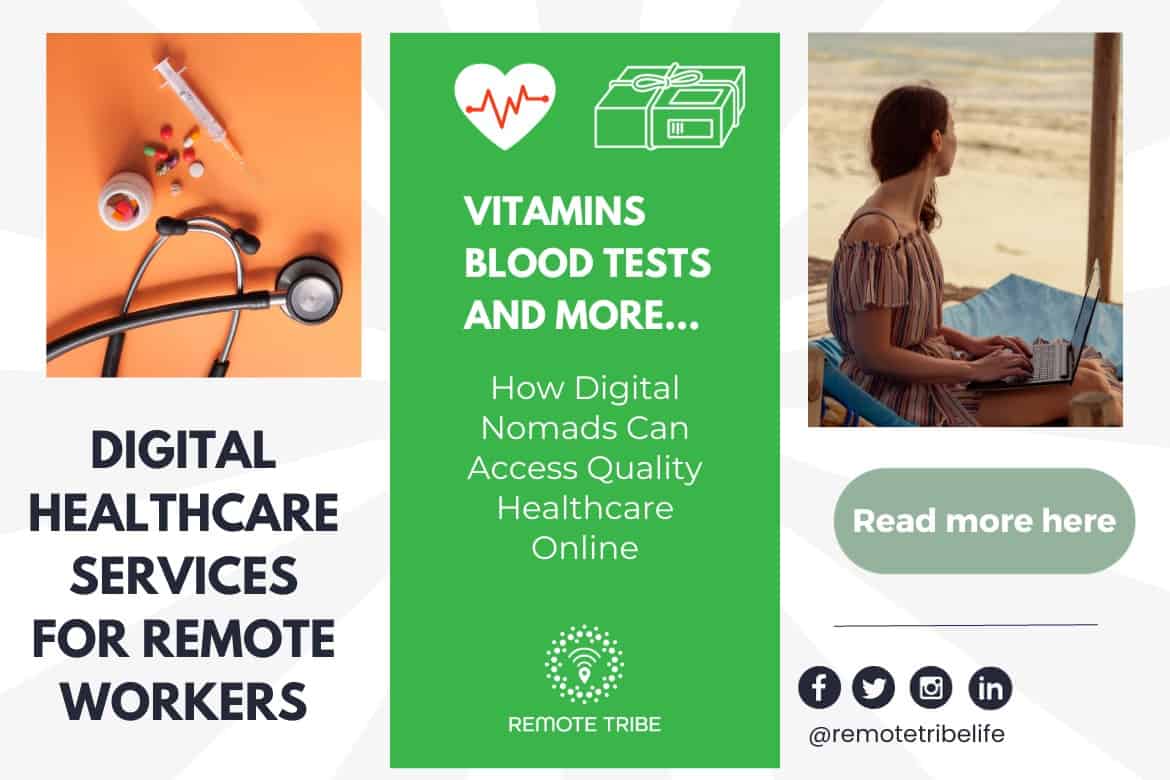Understanding the Cost Savings of Subscription Based Healthcare for Families
Understanding the Cost Savings of Subscription Based Healthcare for Families
Blog Article
Recognizing the Cost-Effectiveness of Subscription-Based Health Care Models
As the healthcare landscape progresses, subscription-based versions arise as an engaging option, promising to redefine just how people handle clinical costs. Assessing these designs' cost-effectiveness demands a nuanced comparison with typical insurance, taking into consideration both economic implications and patient complete satisfaction.
Overview of Subscription-Based Versions
Subscription-based health care models, sometimes described as straight main care or concierge medicine, are increasingly acquiring interest as a possible solution to ineffectiveness within traditional health care systems. These designs operate on the concept of offering clients straight accessibility to medical care service providers through a month-to-month or yearly cost, bypassing the demand for conventional insurance coverage mechanisms. This plan aims to improve patient-provider communications by minimizing management concerns, which commonly hinder timely and individualized care.
At the core of subscription-based models is the emphasis on a more tailored client experience. Individuals profit from enhanced access to their medical professionals, commonly consisting of same-day or next-day appointments, prolonged consultation times, and direct communication networks such as phone or video phone calls. This version cultivates a positive technique to medical care, where providers and individuals can collaboratively concentrate on preventative treatment and chronic illness administration.

Cost Contrast With Standard Insurance

One of the primary monetary benefits of subscription designs is transparency in costs. Conversely, traditional insurance might be more advantageous for individuals needing specialized treatment or expensive treatments not covered under a registration version, as they benefit from the wider protection network and cost-sharing mechanisms.
However, cost-effectiveness is context-dependent. While registration designs could provide cost savings for those primarily requiring medical care, individuals with chronic problems or specialized health care needs may discover conventional insurance a lot more extensive. Assessing particular health care needs and potential use is essential in figuring out the most affordable alternative for people.
Impact on Client Complete Satisfaction
Patient complete satisfaction within subscription-based health care models frequently reflects a significant improvement over conventional insurance coverage systems. Unlike conventional systems, where individuals could experience delays in getting treatment, subscription-based models make certain even more direct and timely interactions with medical care providers.
In addition, the transparency in prices connected with subscription-based medical care official website minimizes the go to my site common disappointments related to unexpected costs and complex billing procedures seen in traditional insurance policy (subscription based healthcare). Patients appreciate understanding the precise economic commitment upfront, causing boosted trust fund and confidence in their health care management
Furthermore, the focus on precautionary care and wellness in subscription designs adds to improved wellness results, further boosting individual satisfaction. By concentrating on recurring wellness upkeep as opposed to episodic treatment, patients experience an even more alternative and continuous medical care trip.
Additionally, the improved provider-patient partnership promoted in these models, defined by more time invested per individual and tailored attention, plays a vital duty in boosting person complete satisfaction degrees, as people feel genuinely looked after and comprehended.
Provider Experiences and viewpoints
From the company's point of view, subscription-based healthcare designs supply a transformative approach to providing clinical solutions. These versions highlight a proactive and preventative health care technique, permitting providers to concentrate on detailed client care without the constraints of traditional fee-for-service arrangements (subscription based healthcare). This change in emphasis typically leads to boosted individual results and enhanced copyright contentment, as medical care professionals can allot even more time and resources to individual engagement and customized treatment strategies
Furthermore, registration models promote predictable revenue streams, which boost monetary security for doctor. This predictability permits enhanced resource preparation and appropriation, adding to a more efficient health care delivery system. Carriers can purchase personnel modern technology, infrastructure, and training enhancements, therefore improving the top quality of care used.
However, the change to subscription-based versions is not without difficulties. Despite these obstacles, many suppliers find that the benefits of boosted individual interaction and structured operations outweigh the initial difficulties, making subscription-based versions an appealing option.
Future Leads and Difficulties

A primary difficulty is regulative conformity, as subscription models need to follow progressing medical care plans and insurance coverage demands. This requires continual adjustment and technology to make certain placement with lawful requirements. In addition, integrating these models into existing healthcare infrastructures can be complicated, requiring considerable investments in innovation and training.
There is likewise the prospective danger of producing inequities in medical care gain access to, as subscription versions may favor those who can afford them, leaving vulnerable populaces underserved. Resolving this needs thoughtful consideration of pricing strategies and aid systems to ensure inclusivity.
Verdict
Subscription-based healthcare models provide a practical choice to conventional insurance by using economic predictability and openness, particularly benefiting individuals with chronic problems or frequent healthcare demands. The cost-effectiveness of these versions is contingent upon private medical care use patterns and scenarios.
Subscription-based healthcare models, often referred to as straight primary care or concierge medicine, are increasingly getting interest as a possible option to inadequacies within standard health care systems. Unlike conventional systems, where individuals might experience delays in obtaining treatment, subscription-based designs make certain even more Learn More Here straight and prompt communications with healthcare companies.
These models stress a aggressive and preventative healthcare approach, enabling service providers to concentrate on detailed client treatment without the restrictions of typical fee-for-service plans. As these models proceed to get traction, they offer the possible to transform person access to care, simplify service distribution, and optimize medical care spending.Subscription-based medical care models provide a viable choice to conventional insurance policy by providing economic predictability and transparency, especially profiting individuals with chronic problems or frequent health care demands.
Report this page